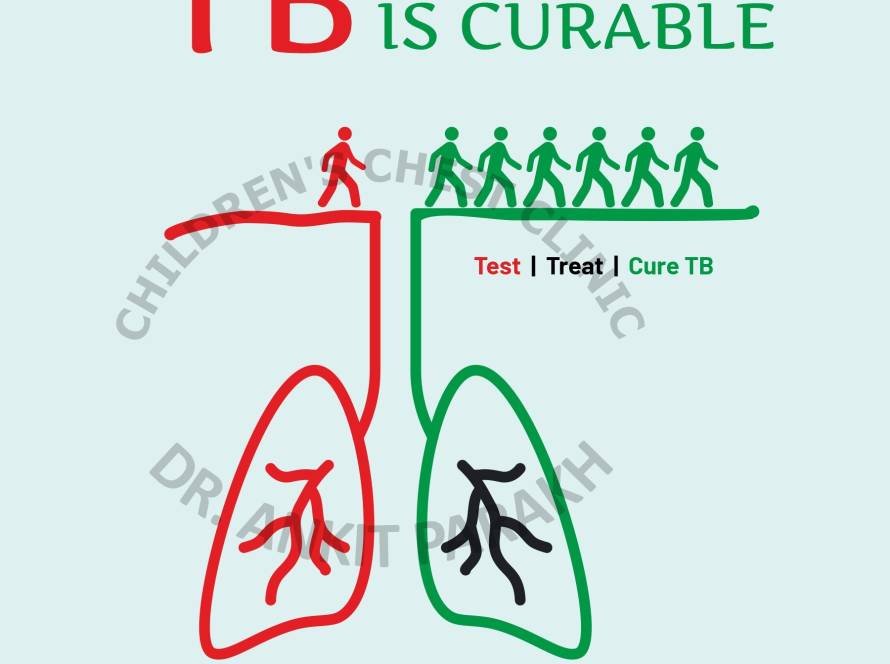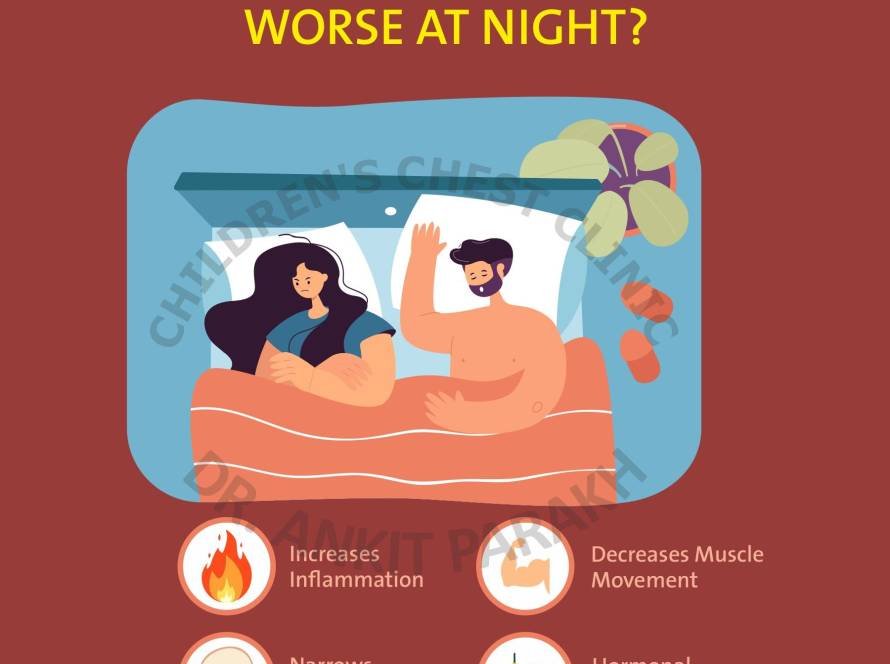Atopic dermatitis (commonly known as eczema) is a chronic skin condition that affects many children, leading to dry, itchy, inflamed skin. Parents often seek safe and effective treatments, especially non-steroidal options that minimize long-term side effects. One such breakthrough treatment is Crisaborole – a non-steroid cream that’s changing the way we manage atopic dermatitis in children.
In this blog we shall discuss what Crisaborole is, how it works, its safety profile, and why it may be a suitable treatment for your child.
What is Crisaborole?
Crisaborole is a topical medicine approved by the FDA for the treatment of mild to moderate atopic dermatitis in children as young as 3 months. It belongs to a class of drugs called phosphodiesterase 4 (PDE-4) inhibitors. Unlike traditional steroid creams, Crisaborole reduces inflammation without the potential side effects of steroids, such as skin thinning or hormonal changes.
How Does Crisaborole Work?
Crisaborole works by inhibiting the PDE-4 enzyme, which plays a role in the inflammation process. By blocking this enzyme, Crisaborole helps reduce the inflammation, redness, and itching associated with atopic dermatitis. It is applied twice daily to affected areas and is suitable for long-term use.
Benefits of Crisaborole for Children
- Non-Steroidal: Avoids the risks associated with prolonged steroid use.
- Well Tolerated: Most children experience minimal side effects.
- Safe for Infants: Approved for use in children as young as 3 months.
- Suitable for Sensitive Areas: Can be safely used on delicate areas like the face or skin folds.
Are There Any Side Effects?
Crisaborole is generally safe, but like all medications, it may have some side effects. The most commonly reported side effect is mild stinging or burning at the site of application. This usually subsides with continued use.
Is Crisaborole Right for My Child?
Crisaborole may be a good option if your child has:
- Mild to moderate atopic dermatitis
- Sensitive skin or areas unsuitable for steroid creams
- A history of side effects from topical steroids
Conclusion
Managing atopic dermatitis in children can be challenging, but with newer, safer options like Crisaborole, effective alternatives to steroids are available. Consult a child allergy specialist for your child with atopic dermatitis for an optimal eczema treatment plan.






